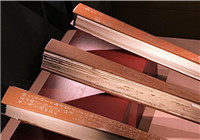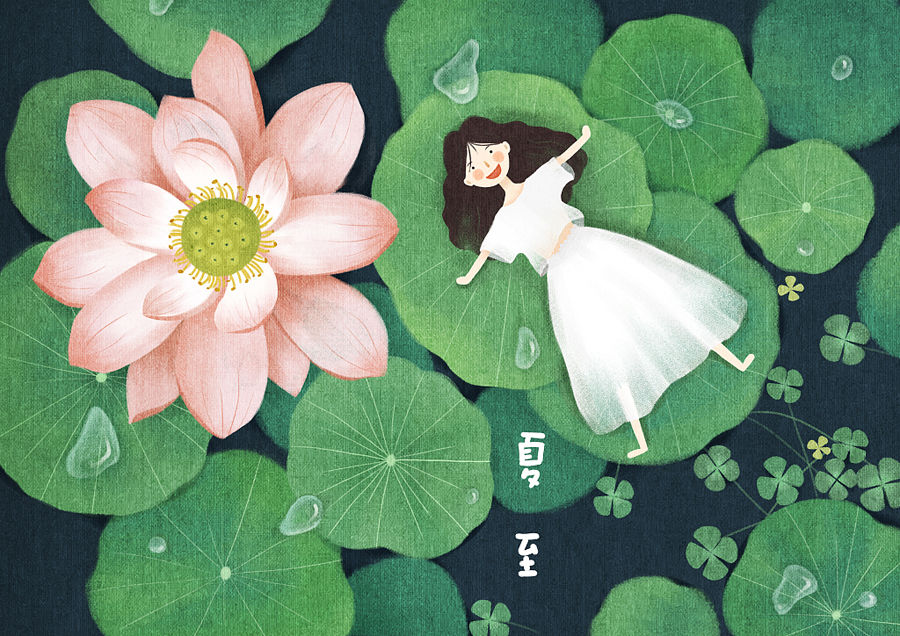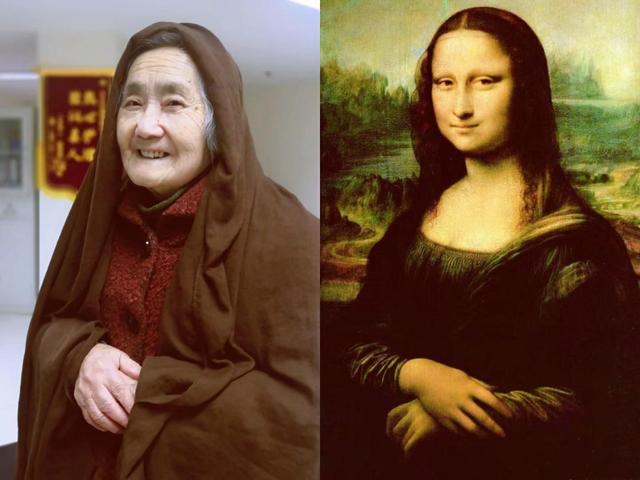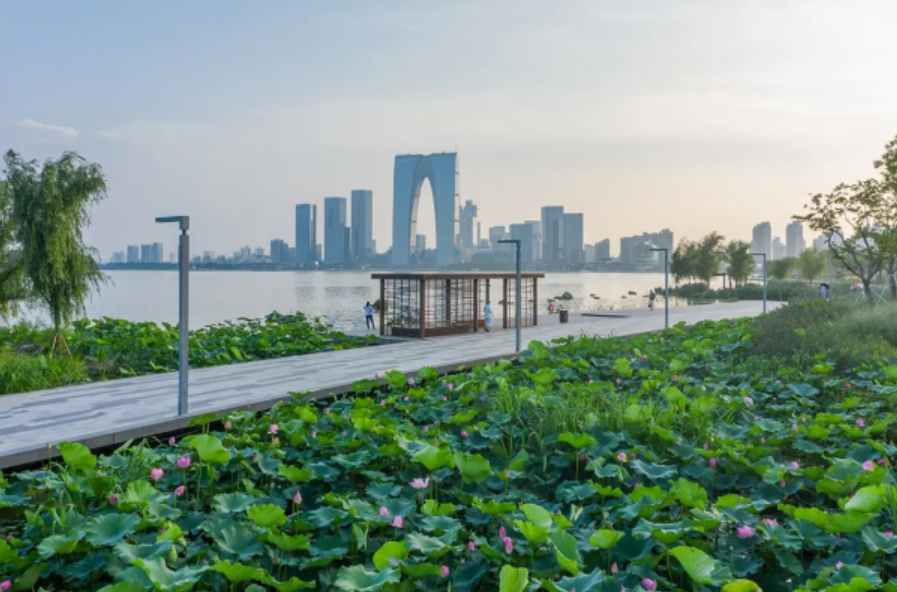
An exhibition by famous Yangzhou bamboo carver Zhang Zilin was held in Nanjing Municipal Museum on Nov. 9. More than 50 pieces of bamboo carvings and seals which were collected or created by Zhang in the past few decadeswere exhibited.
When Zhang carves extremely small characters on the bamboo, he said, it is like earthworms wriggling and is highly taxing on the carver's intuition. The use of a magnifier would affect the carving, and most importantly the carving has to be completed at one go with seconds of rest in between, because that's the only way to create the effect of calligraphy.
Not all bamboo is suitable for carving. The carving handicraft is very particular about bamboo. It has to be cut after the Winter Solstice and should have grown for four to six years. The selected bamboo should be cooked with salt, skipped of the grease on the surface and then dried. "This way the bamboo will be free from insects and deformation," Zhang said.
"Yangzhou bamboo carving started in the Ming and Qing dynasties and prospered in the late Qing Dynasty and early period of the Republic of China," Zhang said.
"There are fewer inheritors of Yangzhou bamboo carving. Young people don't want to learn it. I'm worried about that," Zhang added.
To learn bamboo carving, one should not only have basic calligraphic and painting skills, but also have an interest in and acumen for it. There are no more than 10 Yangzhou bamboo carvers today, some of whom are beginners.






